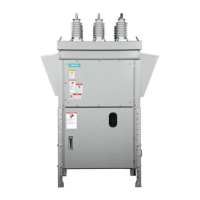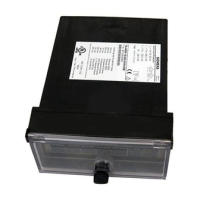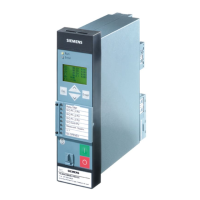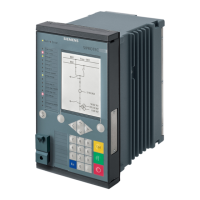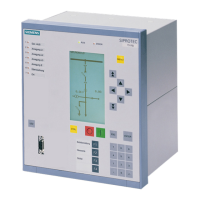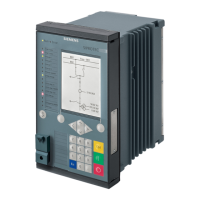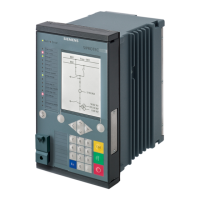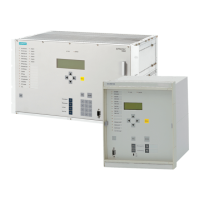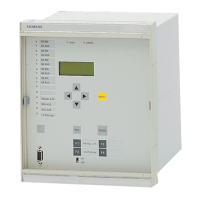Methods of implementing selectivity using circuit breakers
3.6 Dynamic selectivity
Selectivity for 3VA molded case circuit breakers
42 Configuration Manual, 08/2016, A5E03603181010-01
Dual tripping principle and selectivity
If a short-circuit produces a current lower than the selectivity limit current (I
s
) in a combined
circuit breaker arrangement, the instantaneous tripping mechanism in the downstream circuit
breaker responds and trips the circuit breaker. From the viewpoint of the upstream circuit
breaker, the short-circuit current is within the selectively-delayed short-circuit tripping zone.
The minor delay in tripping is enough to ensure that the upstream circuit breaker does not
trip. The behavior of the circuit breakers is thus selective.
If the short-circuit current is higher than the selectivity limit current (I
s
), the instantaneous
tripping mechanism in the upstream circuit breaker responds immediately and trips the circuit
breaker.
In this case, the circuit breaker combination does not behave selectively.
Tripping energy is an intrinsic property of circuit breakers. Selectivity is calculated on the
basis of close coordination between combined devices.
Further information about the mutual selective behavior of 3VA2 molded case circuit
breakers as a function of the prospective current can be found in the FAQs
(https://support.industry.siemens.
com/cs/de/de/view/97493202) in the Siemens Industry
Online Support (SIOS).
Note
Reduced selectivity limit currents
The high selectivity limit currents of the 3VA molded case circuit breakers can be attained
only with combinations of devices from the 3VA series. Combinations of devices from other
product ranges generally result in significantly reduced selectivity limit currents.
Further advantages of the dual tripping principle
● The dual tripping principle ensures that the upstream circuit breaker is capable of safely
interrupting all short-circuit currents. This applies even if the upstream circuit breaker is
not supported by the current-limiting action of a downstream circuit breaker and the
upstream device must cope alone with all prospective short-circuit currents.
● Thanks to this principle, a 3VA2 molded case circuit breaker can be safely deployed as
either an upstream or a downstream circuit breaker.
In order to ensure that grading can be implemented across multiple rated operational
current ranges, the breakers from the 3VA2 series are mutually harmonized in terms of all
aspects of their tripping behavior. The selectively-delayed short-circuit tripping function,
for example, is graded and set to longer delay times for higher rated operational currents.

